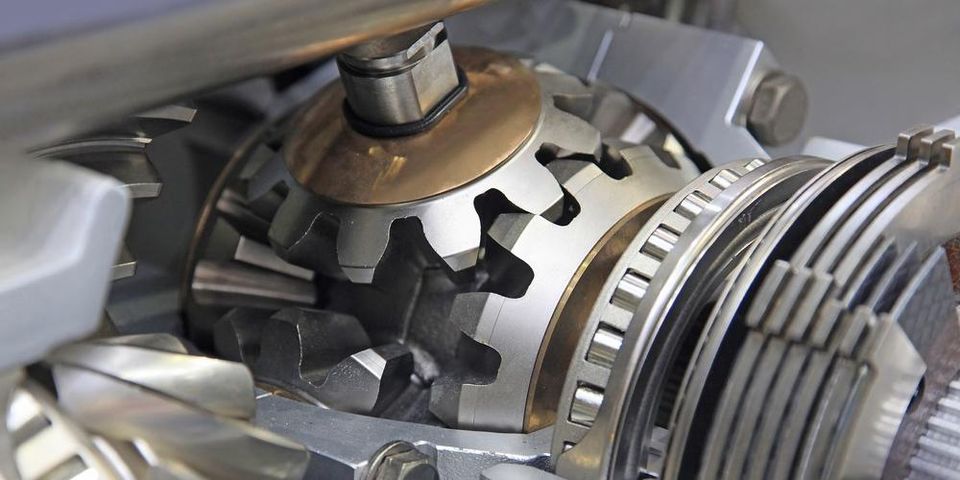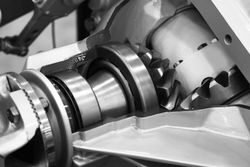What Is Your Car’s Differential And Why Is It Important?

Your car’s differential is a vital part of its power system, helping to transfer power between the transmission and the wheels. It also helps control that power, slowing rotational speed and allowing the car’s wheels to turn independently from one another. Here’s how it works and why it’s so important.
Why You Need a Differential
When you drive your car, you probably expect the wheels to turn at the same speed—and for the most part, when driving in a straight line, this is true. But when your car turns, the wheels on the inside of the curve travel a shorter distance than the wheels on the outside. To make a turn without the tires slipping, the wheels on each side of your vehicle have to be able to move independently from one another, and a differential helps achieve that.
How a Differential Works
 Before your engine’s power gets to your differential, it turns a single set of gears. But within the differential, that power is divided to turn the left and right side gears at different speeds. This is accomplished by connecting a spider gear—a gear that is wider at one edge than the other—to a ring gear and turning the side gears. When the spider gear doesn’t turn and only the ring gear is rotating, the spider gear acts like a single gear tooth locked into each side gear and rotates them equally. Any rotation of the spider gear subtracts speed from one side gear and adds speed to the other, allowing them to move independently.
Before your engine’s power gets to your differential, it turns a single set of gears. But within the differential, that power is divided to turn the left and right side gears at different speeds. This is accomplished by connecting a spider gear—a gear that is wider at one edge than the other—to a ring gear and turning the side gears. When the spider gear doesn’t turn and only the ring gear is rotating, the spider gear acts like a single gear tooth locked into each side gear and rotates them equally. Any rotation of the spider gear subtracts speed from one side gear and adds speed to the other, allowing them to move independently.
If your car’s differential is acting up, get in touch with Pearl City Transmission in Waipio Gentry, HI. They serve all of Oahu with differential, transfer case, and transmission maintenance for both manual and automatic vehicles, including custom builds. To get an estimate, contact them at (808) 671-8767 or online.
About the Business
Have a question? Ask the experts!
Send your question

